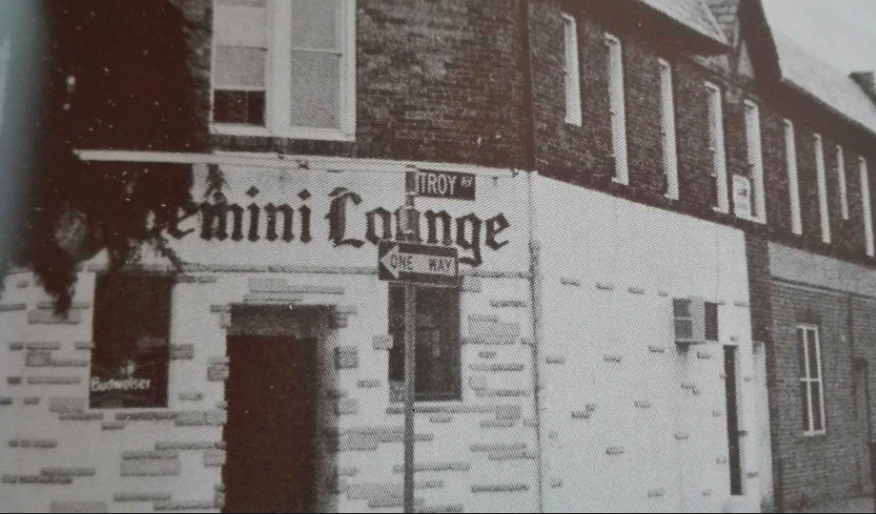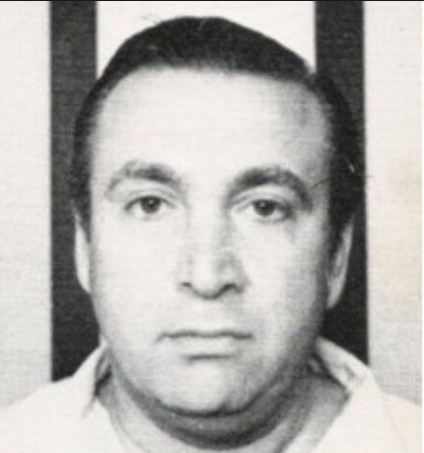In the blood-soaked shadows of Brooklyn’s Canarsie neighborhood, few names inspired the kind of whispered fear that Roy DeMeo did. To the outside world, he was a successful used car dealer. But behind the front of his auto shop and the bland windows of the Gemini Lounge, DeMeo ran one of the most violent murder crews the American Mafia had ever produced. Between the late 1970s and early 1980s, his Gambino-sanctioned crew was responsible for over 100 murders—disappearances that left no bodies, no trails, and no second chances.
But among the drug dealers, debtors, snitches, and enemies of the Mob who were butchered and bagged in the back of the lounge, one victim stood out: a man who hadn’t crossed the Mob—but had violated a different, older code. A predator who targeted children.
And for that, he was marked for death.
The Gemini Method
The Gemini Lounge was more than a dive bar—it was a slaughterhouse masquerading as a neighborhood hangout. Behind a false wall in the apartment above the bar, Roy’s crew—men like Chris Rosenberg, Joseph Testa, Anthony Senter, and Henry Borelli—executed victims with clinical efficiency. They would shoot their target in the head with a silenced .22, immediately wrap the head in a towel to stanch the blood, and then drain the body in a bathtub before dismembering it with a butcher’s precision. The pieces were then double-bagged, packed in cardboard boxes, and disposed of in industrial dumpsters across Brooklyn. No fingerprints. No witnesses. No evidence.
This method was used again and again—mostly on fellow criminals. But in one particular case, it was used on someone else entirely: a man known in the neighborhood as a child molester.
The Whisper in Canarsie
The story of the predator’s disappearance never made the news. His name was never written in ink, no police report was ever filed, and no body was ever found. That was by design.
According to former mob associate and FBI informant Dominick Montiglio—nephew of DeMeo’s crew overseer, Anthony Gaggi—the man in question had been sexually abusing a young boy in the neighborhood. Rumors had swirled about him for years. He lived alone. Kept to himself. But the stories from the kids—fearful whispers that became murmurs among the adults—reached DeMeo’s ears.
And that made the difference.
Roy wasn’t a saint—he was a sociopath who killed for profit, pleasure, and power. But when a child’s safety was involved? That crossed into a different realm. Even among killers, there were rules. And DeMeo was about to enforce them.

No Trial. Just Sentence.
The man was brought to the Gemini Lounge under the pretense of a meeting. Some accounts say he thought he was there to settle a dispute or buy a car. He never made it past the back room.
What happened next followed the crew’s deadly choreography. A bullet behind the ear. A body dragged to the bathtub. The ritual of bloodletting, the buzzing of bone saws, the plastic sheets, the bleach, the silence. Just another day in the lounge, except this time, the victim wasn’t a Mob threat—he was a predator of children.
Montiglio recalled that no one in the crew questioned it. In fact, it was one of the few times there was a sense of grim satisfaction in the air. The man’s remains were never found, and no one in Canarsie went looking.
As Montiglio later said, “Nobody cried for that guy. And nobody ever asked.”
Street Justice or Convenient Cleaning?
Some critics and journalists have speculated that DeMeo didn’t act out of some noble code, but rather to maintain peace and silence in the neighborhood. A public scandal involving a pedophile would draw law enforcement attention—a big problem when you’re dismembering bodies in a bar. Taking out the predator was both morally convenient and strategically necessary.
In the Mob world, the two often go hand in hand.
Others believe DeMeo relished this kind of kill even more than the usual hits. He was a complex psychopath—charming to friends, vicious to enemies, strangely paternal to his crew, and capable of unspeakable violence. But this wasn’t about a contract. This was personal.
It was a message to the streets: We clean our own house. And we don’t wait for cops to do it.
Code of Blood
Stories like this one are rare in Mob lore—not because they didn’t happen, but because they weren’t talked about. In most families, pedophilia was considered a capital offense, but it was also something no one wanted associated with their name, even in execution. These were silent kills, done without headlines, without glory. Just garbage bags and bleach.
DeMeo’s crew eventually turned on itself. Roy was murdered in 1983, likely on orders from Paul Castellano, who had grown tired of the heat his bloody rampage brought on the Gambinos. His frozen, bullet-riddled body was found stuffed in the trunk of his Cadillac, abandoned in a Brooklyn parking lot.
His killers were likely men he once trusted.
But among the victims of Roy DeMeo’s death machine, one was never officially recorded. A faceless man, remembered only in whispers, whose disappearance was seen not as a tragedy—but as an act of necessary evil.
Conclusion: Monsters Killing Monsters
Roy DeMeo was no hero. He was a butcher in a suit, a man who turned murder into routine. But in this single instance—removing a child predator from the streets—he became something darker and more complicated: a monster who punished a worse one.
It wasn’t justice.
It was the Gemini kind.


